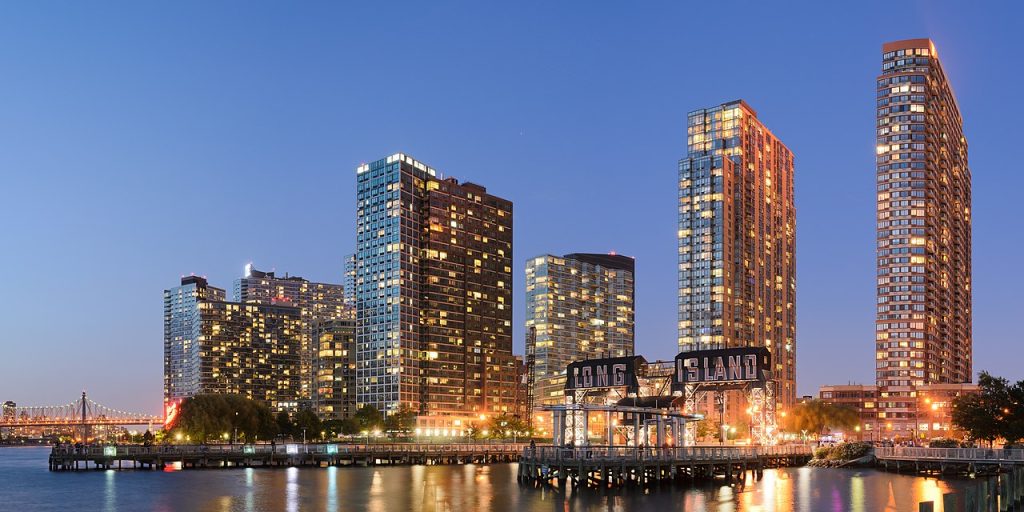 ew York City, the bustling metropolis known for its iconic skyline and vibrant energy, is home to millions of people and countless towering structures. However, recent discussions and reports have raised concerns about the city’s weight and its potential impact on its infrastructure. This article examines the concept of New York sinking under its own weight, exploring the geological factors, urban development, and expert insights surrounding this intriguing claim.
ew York City, the bustling metropolis known for its iconic skyline and vibrant energy, is home to millions of people and countless towering structures. However, recent discussions and reports have raised concerns about the city’s weight and its potential impact on its infrastructure. This article examines the concept of New York sinking under its own weight, exploring the geological factors, urban development, and expert insights surrounding this intriguing claim.
Understanding the Geology of New York City
To comprehend the notion of New York sinking, it is essential to examine the geological characteristics of the region. New York City is situated on the northeastern coast of the United States, primarily built upon three major geological formations: bedrock, glacial deposits, and sedimentary layers. The bedrock, consisting of solid rock formations, provides a stable foundation for the city’s structures.

However, the presence of glacial deposits and sedimentary layers poses challenges. During the last Ice Age, glaciers covered the region, depositing layers of loose sediment and creating the characteristic topography of the area. These loose materials, including sand, silt, and clay, are prone to compaction and settling over time, potentially leading to subsidence.
Subsidence refers to the gradual sinking or settling of the Earth’s surface. It can occur due to various factors, including natural processes, human activities, and the weight of structures. Understanding the geological context of New York City provides a foundation for examining the claims surrounding its potential sinking.
Urban Development and Infrastructure
The growth and urban development of New York City have been unprecedented. As the population and infrastructure continue to expand, concerns arise regarding the cumulative weight of the city’s buildings, roads, and other structures. The concentrated weight exerted on the underlying geological formations can potentially contribute to subsidence.
The construction of skyscrapers, particularly in Manhattan, presents a unique challenge. These towering structures place significant loads on the underlying ground, potentially leading to localized subsidence. Additionally, the extensive network of underground utilities, including sewer systems and subway tunnels, adds further weight and the potential for ground movement.

Furthermore, New York City’s reliance on groundwater extraction for its water supply contributes to the sinking concern. The removal of groundwater can result in the consolidation of underlying sediment layers, leading to subsidence. Although modern water management practices have reduced reliance on groundwater, the historical impact of extraction cannot be disregarded.
Expert Insights and Research
Experts in geology, engineering, and urban planning have examined the claims of New York City sinking. While some studies acknowledge the potential for localized subsidence due to the city’s weight, the consensus among experts is that New York as a whole is not sinking in the literal sense. The geological processes at play are complex and multifaceted, and any subsidence occurring is likely to be minimal and localized.
Geotechnical studies and monitoring efforts help assess the potential impacts of urban development on the city’s infrastructure. Engineers and geologists carefully evaluate the load-bearing capacities of the soil and the effects of construction activities. These studies inform building codes and regulations to ensure structural stability and mitigate potential risks associated with settling and subsidence.

It is crucial to distinguish between the notion of New York sinking as a structural concern and the impacts of sea-level rise and climate change. Rising sea levels pose a significant threat to coastal cities worldwide, including New York. The city has implemented various measures, such as coastal defenses and flood mitigation strategies, to address these challenges and protect against potential inundation.
Balancing Growth and Sustainability
The concerns surrounding New York sinking under its own weight highlight the importance of sustainable urban planning and development. As cities continue to expand and populations grow, it is crucial to prioritize responsible construction practices, consider the environmental impacts, and ensure the long-term stability of infrastructure.
Efforts to address potential subsidence issues include the use of advanced engineering techniques, such as deep foundation systems and soil stabilization methods. Ongoing monitoring and research help to assess any changes in the city’s geological conditions and inform future development.
Ultimately, the claim of New York sinking under its own weight requires a balanced perspective. While the weight of the city’s structures and the geological context pose challenges, the overall sinking is not a significant concern. New York City remains a resilient and dynamic metropolis, adapting to environmental and infrastructural challenges while striving for sustainable growth.
The notion of New York sinking under its own weight raises intriguing questions about the interplay between urban development, geological factors, and infrastructure stability. While localized subsidence may occur due to the cumulative weight of the city’s structures, the consensus among experts is that New York City as a whole is not sinking. The city’s resilience, engineering advancements, and sustainable practices contribute to its ability to adapt and mitigate potential risks. As New York continues to evolve, balancing growth with sustainability remains crucial for ensuring its long-term stability and success.
Avid Writer with invaluable knowledge of Humanity!
Upcoming historian with over 30 million views online.
“You make your own life.”





